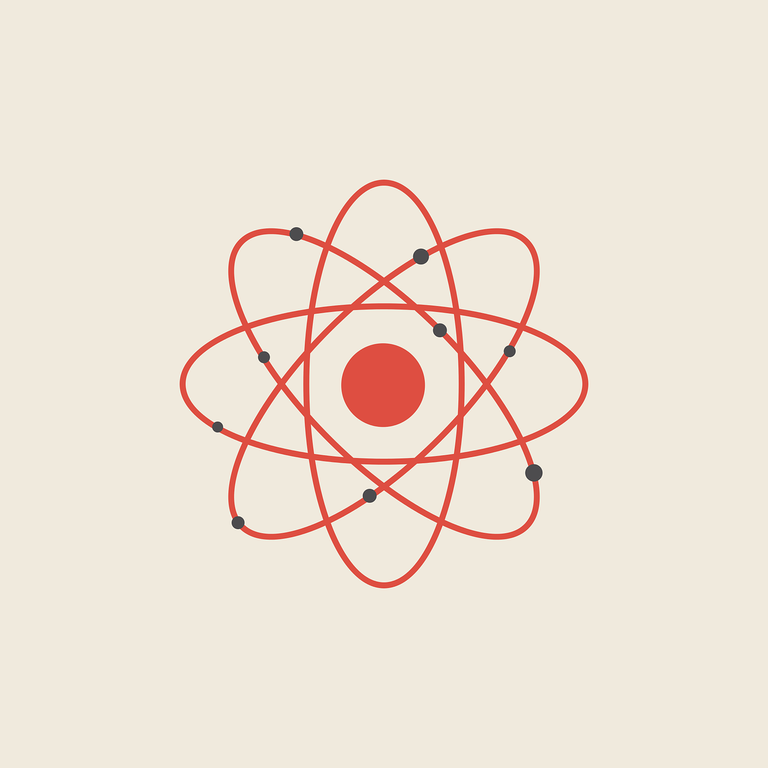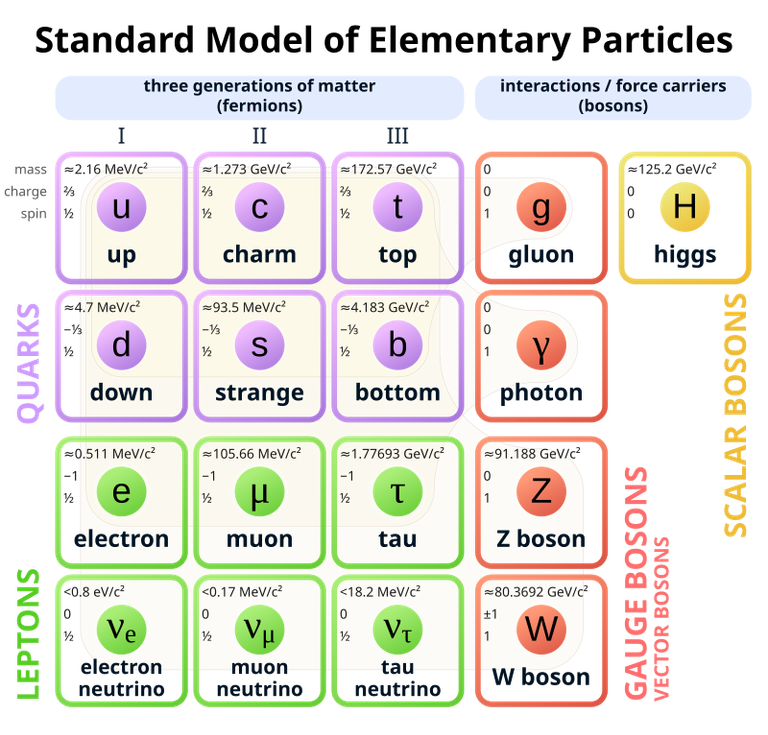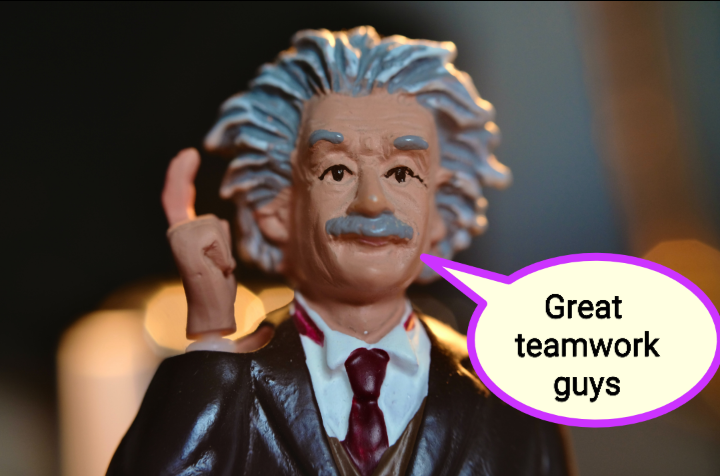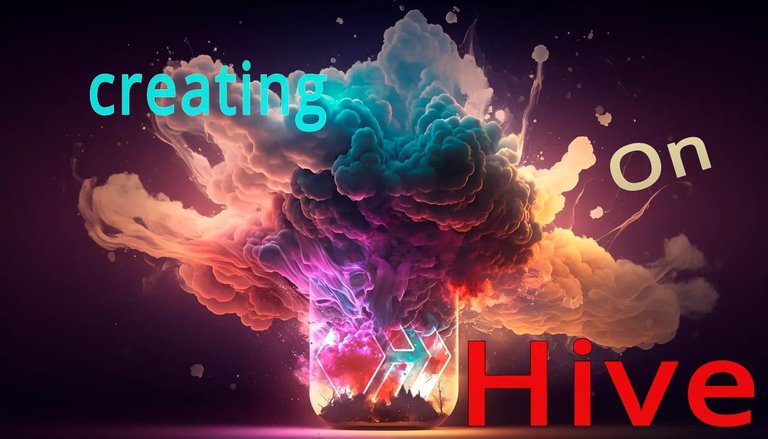The Mysteries Of The Proton
Protons were discovered in the early 20th century, notably with the works of Sir Ernest Rutherford and it was around this time that the fundamental building blocks of matter began to unravel. Following Rutherford's discovery it was established that matter was fundamentally made up of three kinds of particles namely, electrons, protons and neutrons - the later two being part of the nucleus of every atom of normal matter. This conceptualization would be overturned in the 1960's and beyond with the discovery of quarks and theoretical developments of the standard model of particle physics. Today protons (and neutrons) are believed to be made up of much more fundamental particles called quarks (fermions) and gluons (strong force carrying boson). Despite what we think we know, the proton still seems mysterious which from another perspective may mean that our current models isn't complete or may be flawed. What are these mysteries? 🤔
Let's find out
Proton Mass Puzzle
The proton is believed to be made up of three quarks - two up quarks and one down quark, and all held together by the strong force through the gluon particle. We should expect the total mass of the three quarks (gluons are believed to be massless) to be equivalent to that of the proton but that isn't the case. The image above shows the elementary particles of the standard model, each have their masses in units of MeV/c² (as can also be seen in the image). Two up quarks + one down quark (2(2.16) + 4.7) MeV/c² gives approximately 9MeV/c² but a proton has a mass of about 938MeV/c². Where did about 99% of the proton's mass come from? (The quarks contributes about 1%)
The prevailing "theory" is that 99% of the protons mass comes from motions of the quarks, gluons, field and virtual particles. Calculations with regards to the percentages of those extra contributors remains a controversial topic.
Proton Spin Puzzle
Every elementary particle possesses a spin, it doesn't mean that the particle is spinning. It's just an artifact that's analogous to a spinning charged macroscopic object, in essence, it gives the particle magnetic properties (ability to interact with a magnetic field). From the image of the standard model table above, the up quark and down quark each possess a spin quantum number of 1/2 each, and it's expected that the three quarks combines to give the spin of a proton. Theoretically, two quarks should be parallel to each other and one should be antiparallel, so that the combined spin (1/2 + 1/2 - 1/2) gives the spin of the proton (1/2). However, experiments have shown that the combined spin of the quarks contributes partly to that of the proton. The combined spin contribution of the quarks is less than 50% - their orientation do not add up to give 1/2. The orbital angular momentum of both the quarks and gluons are "believed" to provide the remaining spin but like in the case of the proton's mass, the percentages of how they (including the angular orbital momenta) contribute to the spin is still a subject of debate.
Proton Stability Puzzle
In the nucleus of an atom (beyond the hydrogen atom) resides protons and neutrons, neutrons on one hand are stable within the nucleus of a stable atom but isolated neutrons aren't stable, they have a half-life of about 10 minutes. Protons are on the other hand unstable in unstable atoms but stable when isolated - this is according to current experimental findings. So, why use the word "current" ?
Theories beyond the standard model, including GUT (grand unified theory) candidates seems to be suggesting isolated protons may not be stable as we currently believe. But here's the very interesting part, calculations shows that if they are indeed unstable, they would have a half-life ≥ 10^34 years - just for comparison, this is more than the current age our universe (1.38 × 10^10 years). This alone makes it very difficult to test directly but there are other ways of testing it (indirectly), this is with other predictions of the underlying theories (like GUT). Unfortunately, these theories are yet to be experimentally confirmed, so the question still remains open.
Proton Radius Puzzle
As a composite particle, the proton is expected to have a size. If assumed to be spherical, the proton radius seems to give conflicting results depending on the experimental method. The two conflicting values revolves around 0.877 femtometres and 0.842 femtometres. The difference may seem small and insignificant to a layperson but to physicists it's actually a very big deal.
Contains a particle heavier than itself
We initially stated that the current conception of a proton's make up is that it's made up of two up quarks and one down quark. In 2022, there was a discovery that hinted at the possibility of a proton containing another kind of quark, the "charm quark". What's even more interesting and puzzling is that a charm quark is itself more massive than a proton, a proton's mass is about 938MeV/c² but that of a charm quark is about 1273 MeV/c². If this were to be replicated and confirmed from other researchers, it could shake up the standard model, as one would need to explain why the proton's mass is the way it is despite containing something much heavier.
Conclusion
You probably must have thought you knew a lot about a proton based on what you've been taught but this article is trying to tell us that the proton is a much more complicated object, even physicists are still grappling to make sense of it's true nature and make up. Hopefully, if these puzzles can be resolved could give further insights into the fundamental structures of our universe and possibly improve our technologies. For now let's keep exploring the endless possibilities in our minds.
For Further Reading
Inside the Proton, the ‘Most Complicated Thing You Could Possibly Imagine’
Charming Experiment Finds Gluon Mass in the Proton
Thank you all once again for stopping by to read my jargons and also thank you @stemng, @lemouth and the @Steemstem team for your valuable supports.
Lastly, please don't forget to do the needful
Upvote
Comment
Reblog
If you enjoyed my jargons.



